Mehdi Ghayoumi
Fuzzy Knowledge-Based Architecture for Learning and Interaction in Social Robots
Sep 14, 2019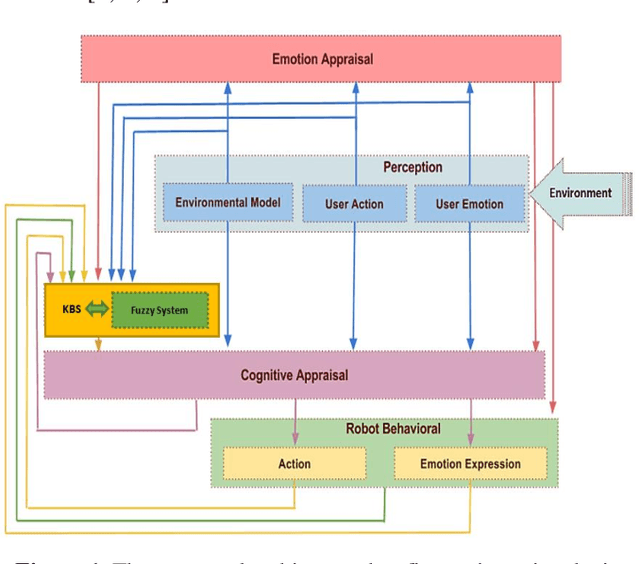
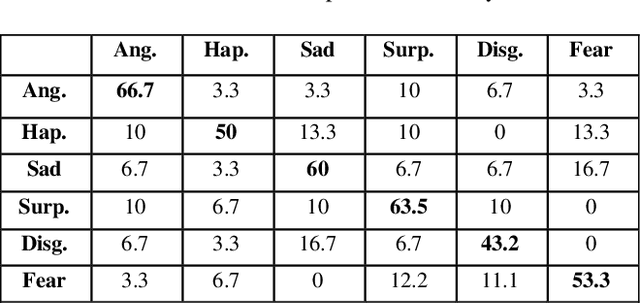
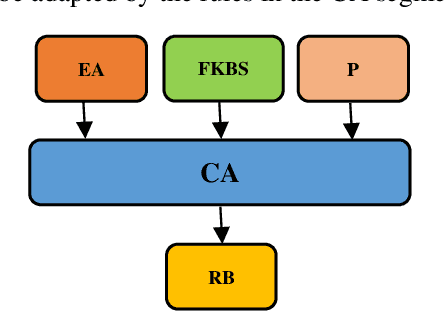
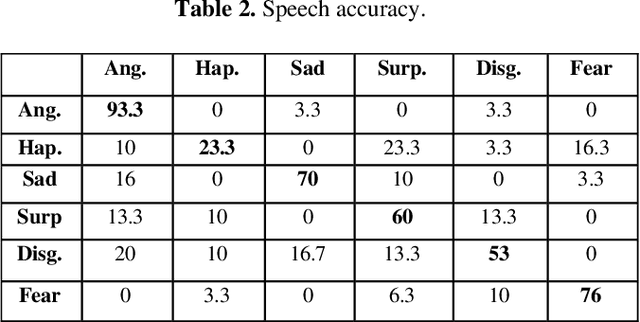
Abstract:In this paper, we introduce an extension of our presented cognitive-based emotion model [27][28]and [30], where we enhance our knowledge-based emotion unit of the architecture by embedding a fuzzy rule-based system to it. The model utilizes the cognitive parameters dependency and their corresponding weights to regulate the robot's behavior and fuse their behavior data to achieve the final decision in their interaction with the environment. Using this fuzzy system, our previous model can simulate linguistic parameters for better controlling and generating understandable and flexible behaviors in the robots. We implement our model on an assistive healthcare robot, named Robot Nurse Assistant (RNA) and test it with human subjects. Our model records all the emotion states and essential information based on its predefined rules and learning system. Our results show that our robot interacts with patients in a reasonable, faithful way in special conditions which are defined by rules. This work has the potential to provide better on-demand service for clinical experts to monitor the patients' emotion states and help them make better decisions accordingly.
Unifying Geometric Features and Facial Action Units for Improved Performance of Facial Expression Analysis
Jun 02, 2016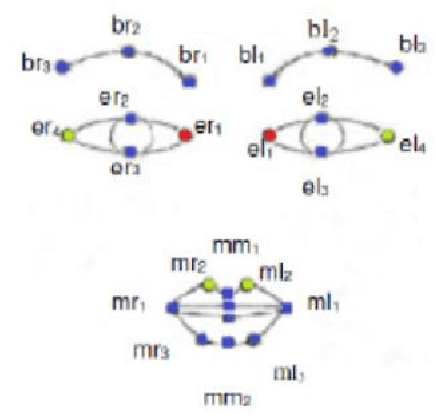
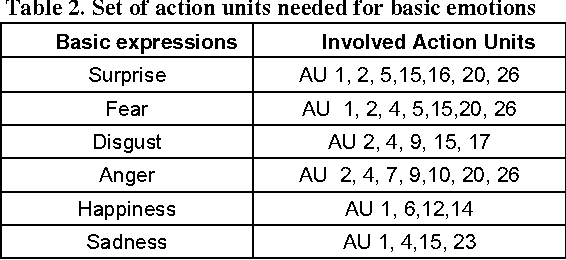
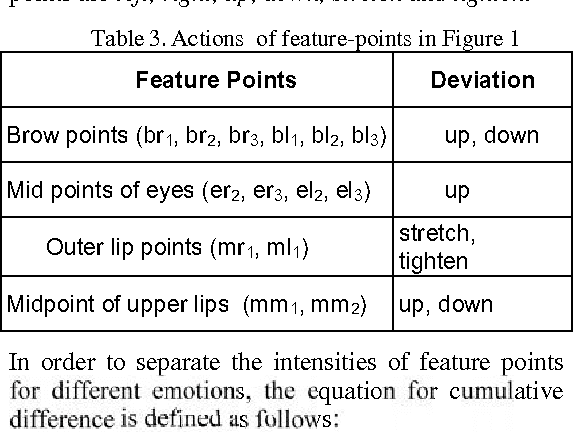
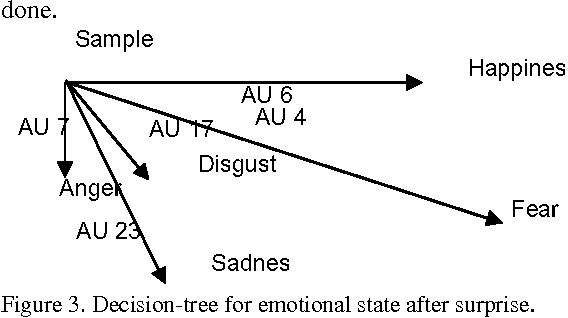
Abstract:Previous approaches to model and analyze facial expression analysis use three different techniques: facial action units, geometric features and graph based modelling. However, previous approaches have treated these technique separately. There is an interrelationship between these techniques. The facial expression analysis is significantly improved by utilizing these mappings between major geometric features involved in facial expressions and the subset of facial action units whose presence or absence are unique to a facial expression. This paper combines dimension reduction techniques and image classification with search space pruning achieved by this unique subset of facial action units to significantly prune the search space. The performance results on the publicly facial expression database shows an improvement in performance by 70% over time while maintaining the emotion recognition correctness.
 Add to Chrome
Add to Chrome Add to Firefox
Add to Firefox Add to Edge
Add to Edge